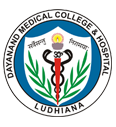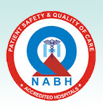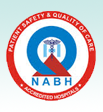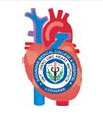INTRODUCTION
In nuclear medical diagnostics, small amount of radioactive substances are used to image organ functions noninvasively. it is concerned with physiological and pathological alterations in celluar functions and often , is a more sensitive indicator of cellular abnormalities than other imaging techniques. Methods of nuclear medical routine diagnostics are today used most frequently for examinations of the heart, thyroid gland, skeleton, kidneys, lungs and brain as well as of oncological and inflammatory diseases. These scans are painless and have no side effects. The amount of radiation exposure is generally less than that of an X-RAY exposure.
Tomographic images (SPECT-single photon emission computed tomography) can assist in localization of activity within an organ.
Infinia hawkeye 4 allows imaging of SPECT AND CT i.e. functional images superimposed on anatomic images. When the scintigraphic lesions require further assessment regarding its localization and /or morphology, CT has been shown to improve the specificity. This also allows attenuation and scatter correction for better image quality and analysis.
In therapeutics, I-131, Sr-89, Sm-153, Y-90, P-32 & I-131 MIBG are used in various clinical conditions.
Nuclear Cardiology will play a key role in the management of cardiac patients at an affordable cost.








